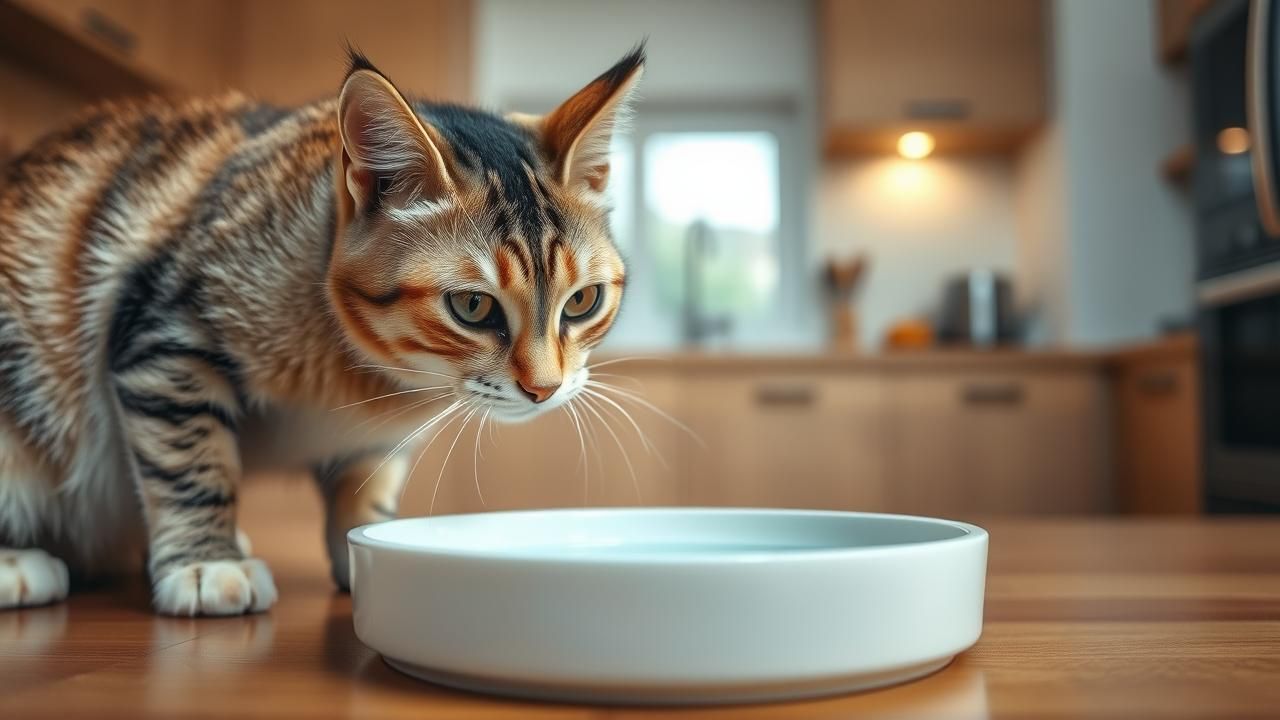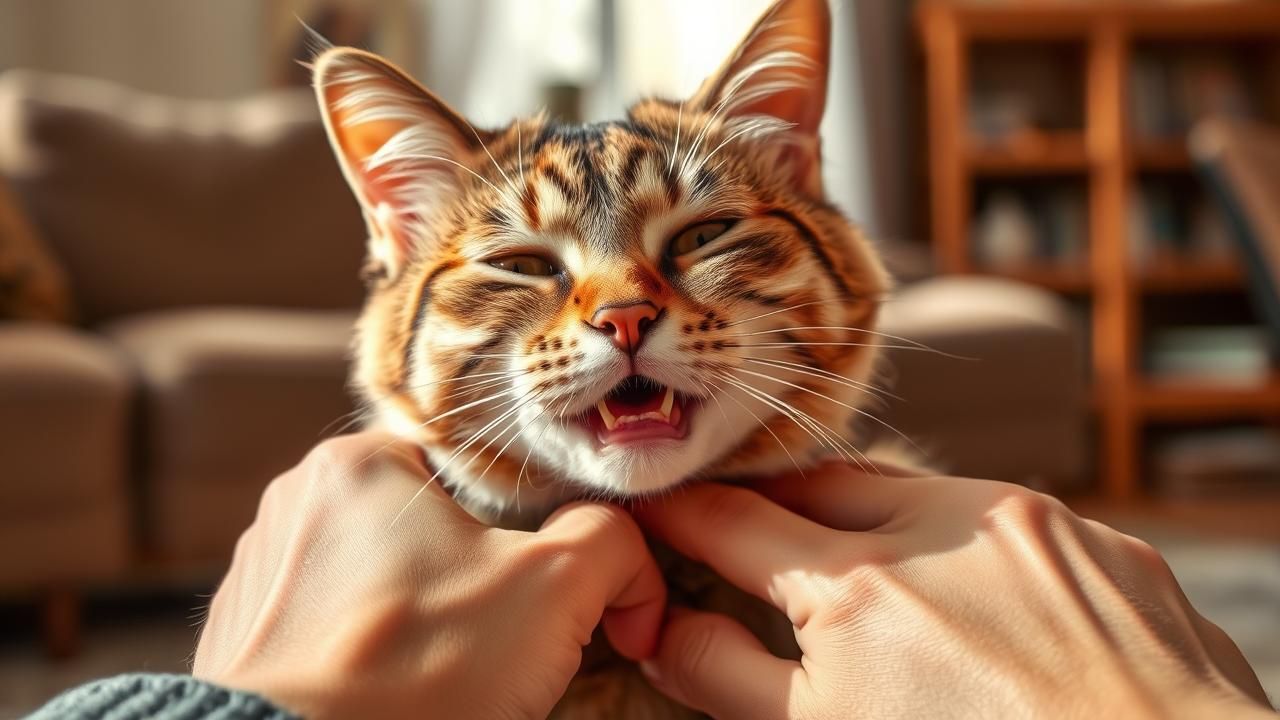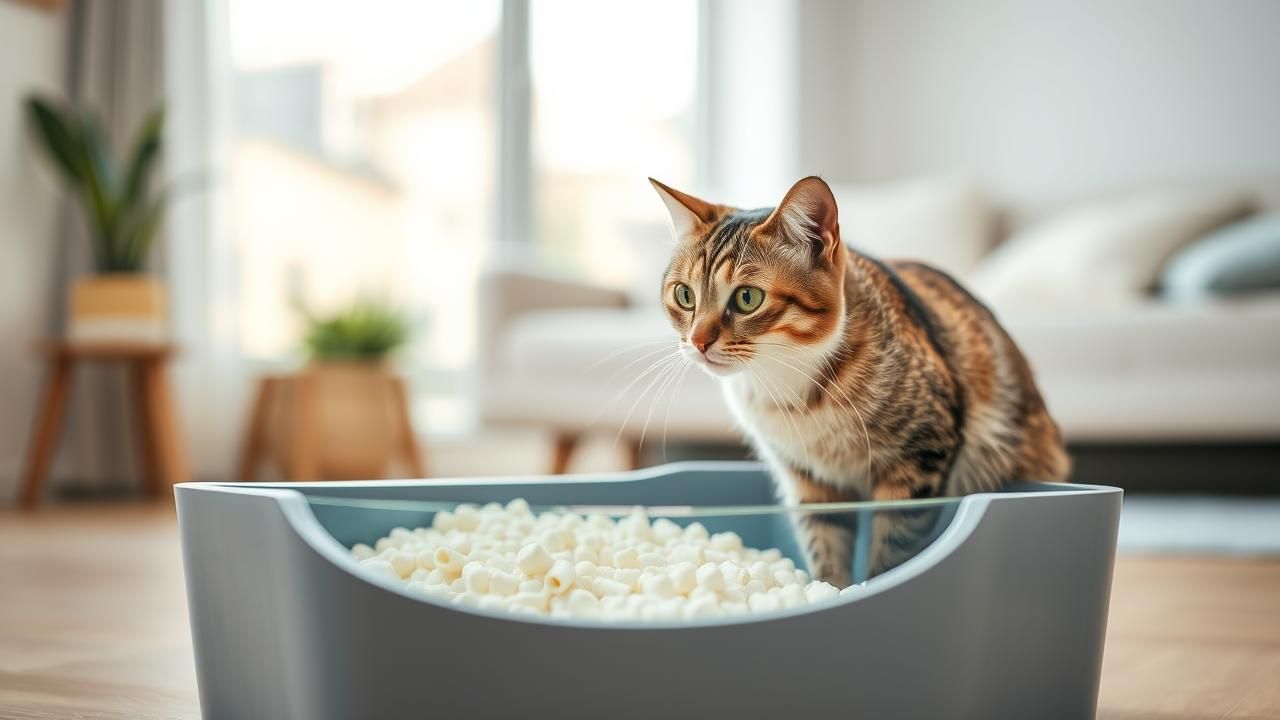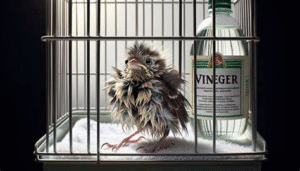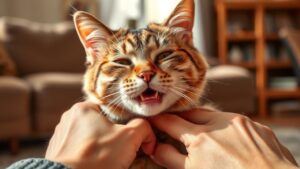Lovebird Wing Care Guide: Essential Health, Safety & Maintenance
❤️ Why Proper Wing Care is Essential for Lovebirds
Proper wing maintenance is fundamental to lovebird welfare, impacting three critical areas:
Physical Health & Injury Prevention
Unkempt wings increase collision risks with household hazards (windows, fans) and cause painful feather cysts. Overgrown primary feathers alter flight mechanics, straining shoulder joints and leading to chronic inflammation. Regular maintenance prevents split feathers that snag on cage bars, avoiding “blood feather” emergencies where broken shafts cause life-threatening bleeding.
Flight Safety & Mobility
Well-maintained wings enable controlled takeoffs/landings and agile mid-air maneuvers. This prevents crash landings that account for 62% of avian fractures according to Ankara University Veterinary Research. Flight-capable birds exhibit superior cardiovascular health and muscle tone compared to permanently clipped individuals.
Psychological Well-being
Flighted lovebirds display 78% fewer stereotypic behaviors (feather plucking, screaming) according to MDPI Animals Journal. Flight enables natural flock interactions, exploratory behaviors, and stress-relieving aerial exercises crucial for emotional balance. Restricting flight without medical cause often triggers anxiety disorders.
🦴 Anatomy of Lovebird Wings: Understanding Flight Feathers
Lovebird wings comprise specialized structures requiring precise care:
Primary Flight Feathers (10 per wing)
- Function: Generate thrust and lift during flight
- Location: Outer wing section attached to “hand” bones
- Vulnerability: Longest feathers most prone to breakage
Secondary Flight Feathers (10-12 per wing)
- Function: Provide lift and aerial stability
- Location: Inner wing anchored to ulna bone
- Vulnerability: Damage causes erratic flight patterns
Blood Feathers (Pin Feathers)
- Appearance: Waxy sheath-covered developing feathers with visible blood supply
- Risk: Breakage causes rapid blood loss; never trim
- Care: Avoid handling during molting; apply styptic powder if damaged
✂️ Wing Clipping: Pros, Cons & Safe Techniques
Ethical Considerations
- Pro: Prevents escape through open doors/windows
- Con: Impairs natural behaviors; increases obesity risk
- AVMA Position: Only perform if necessary for safety; maintain some flight capability
Vet-Approved Trimming Protocol
- Restrain bird gently in towel exposing one wing
- Identify outermost 5 primary feathers (never cut secondaries)
- Trim below overlapping coverts at 45° angle
- Leave 2-3 outermost feathers intact for balance
- Use sharp scissors disinfected with chlorhexidine
Critical Errors to Avoid
- Cutting blood feathers (identify by dark quills)
- Clipping both wings equally (causes crash landings)
- Removing >6 primaries (loss of controlled descent)
🔄 Flight Feather Maintenance & Molting Care
Seasonal Molting Patterns
- Frequency: 1-2 annual molts (spring/fall)
- Duration: 6-8 weeks for full feather replacement
- Signs: Increased preening, pin feathers on head/neck
Nutritional Support
- Protein: 18% minimum diet content for keratin synthesis
- Key Nutrients: Methionine (amino acid), zinc, vitamin B7
- Supplement: Offer egg food or NAG-approved pellets
Daily Wing Checks
- Examine feather alignment: Overlapped like shingles?
- Check barb integrity: Run finger along feather – barbs should reconnect
- Assess symmetry: Both wings mirror image when folded?
🚨 Recognizing Wing Health Issues & When to Seek Help
Critical Warning Signs
- 🩸 Bleeding Feathers: Apply styptic powder; vet if bleeding >2 minutes
- 🦴 Drooping Wing: High-probability fracture; stabilize with padded splint
- 🦠 Foul Odor: Indicates infected feather follicle (bumblefoot)
- 🐜 Excessive Preening: Possible air sac mites or feather lice
Veterinary Urgency Timeline
| Symptom | Response Time | Specialist Needed |
|---|---|---|
| Open fracture | Immediate | Avian orthopedist |
| Blood feather | Within 1 hour | Exotic veterinarian |
| Asymmetrical flight | 24 hours | Certified avian vet |
| Feather cysts | 48 hours | Avian surgeon |
Locate specialists via Association of Avian Veterinarians. Keep critical care formula on hand for emergency nutrition support during recovery.



